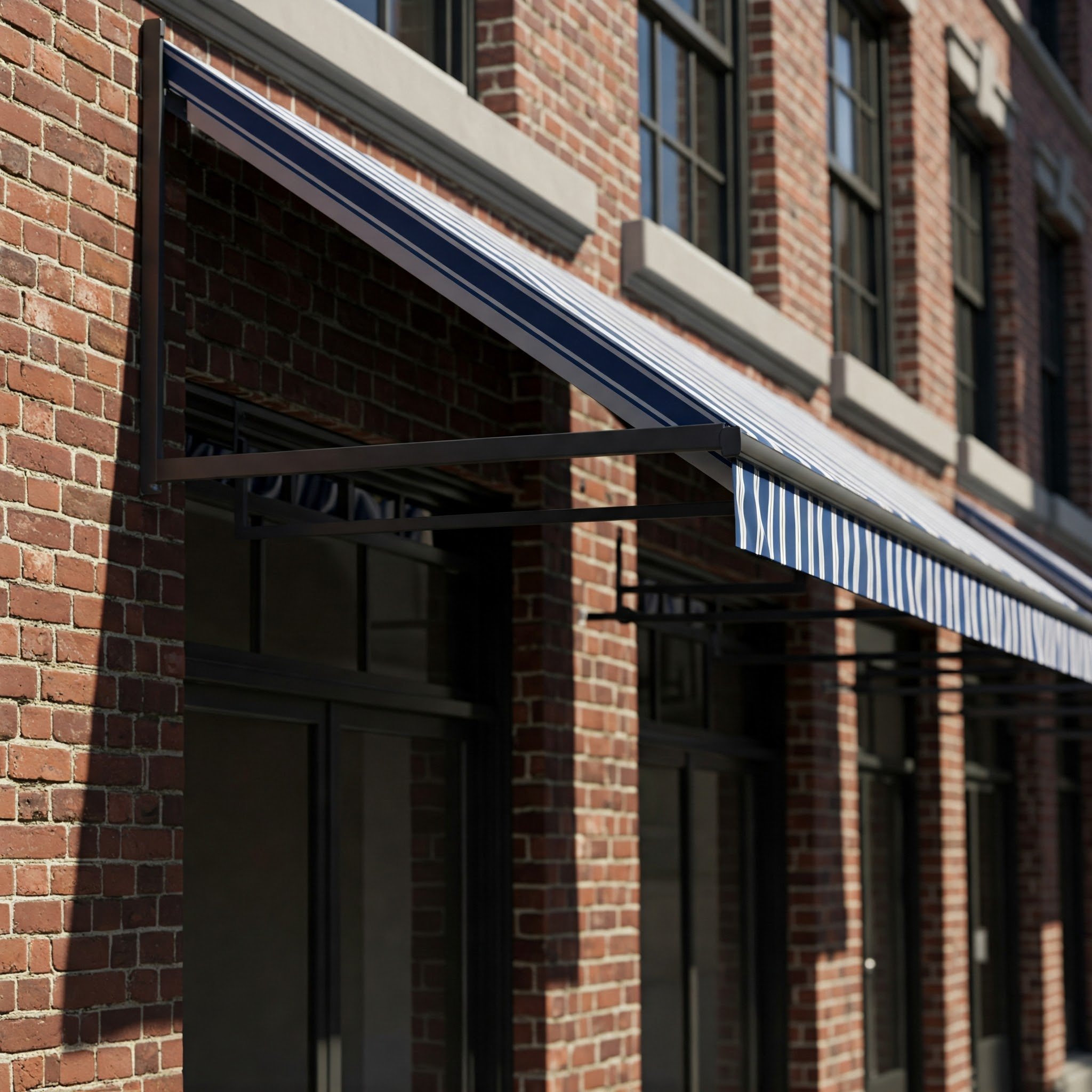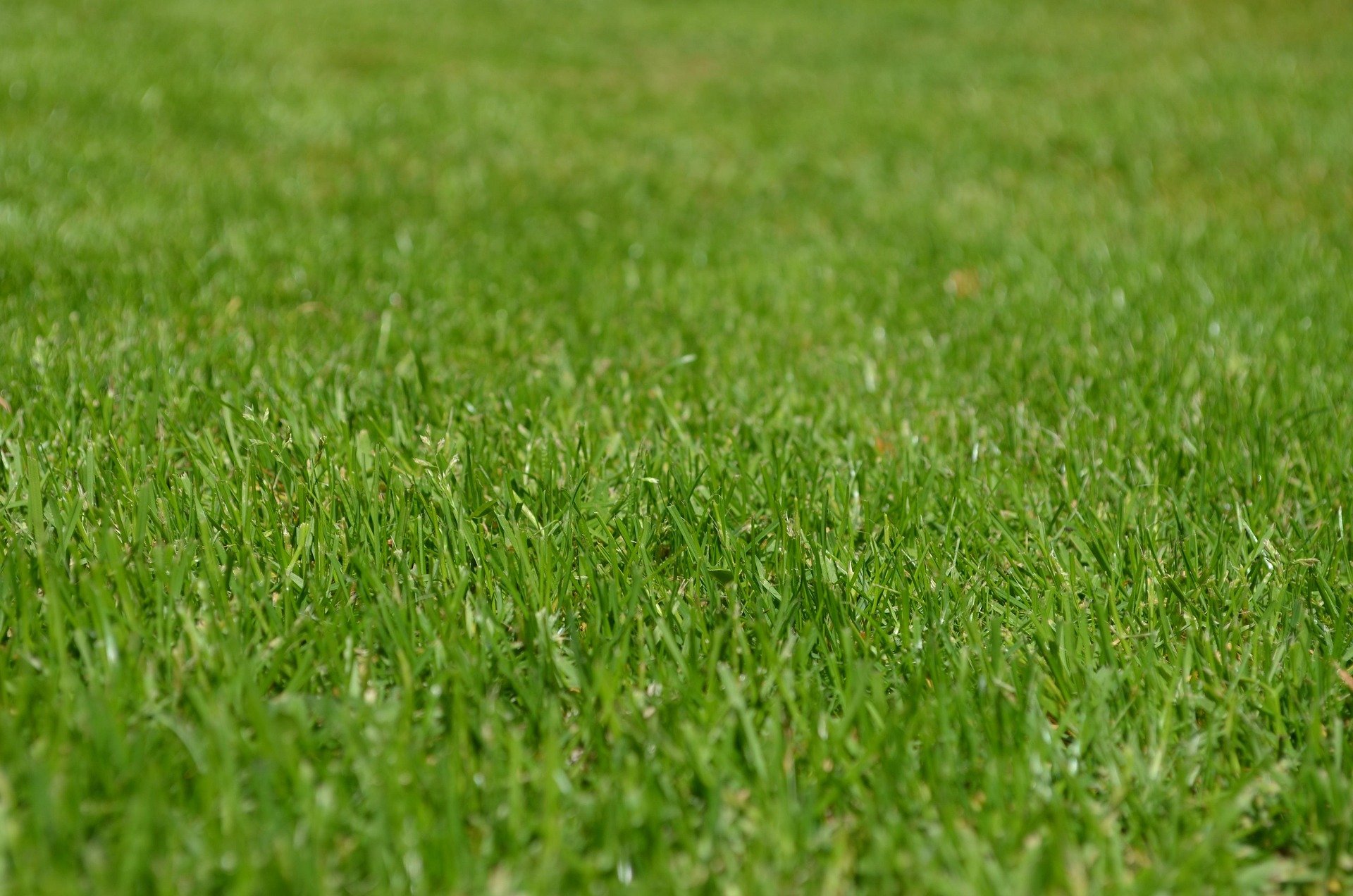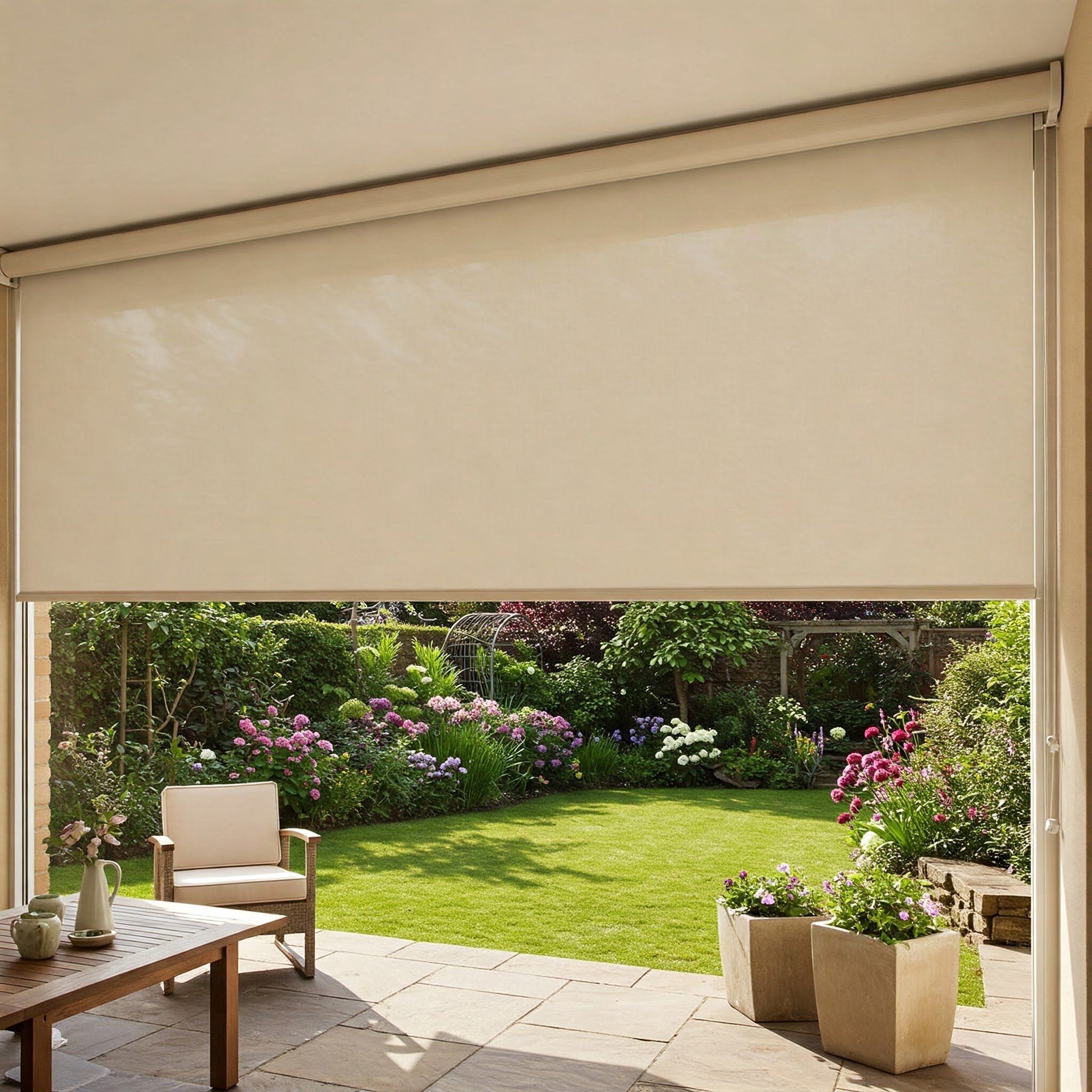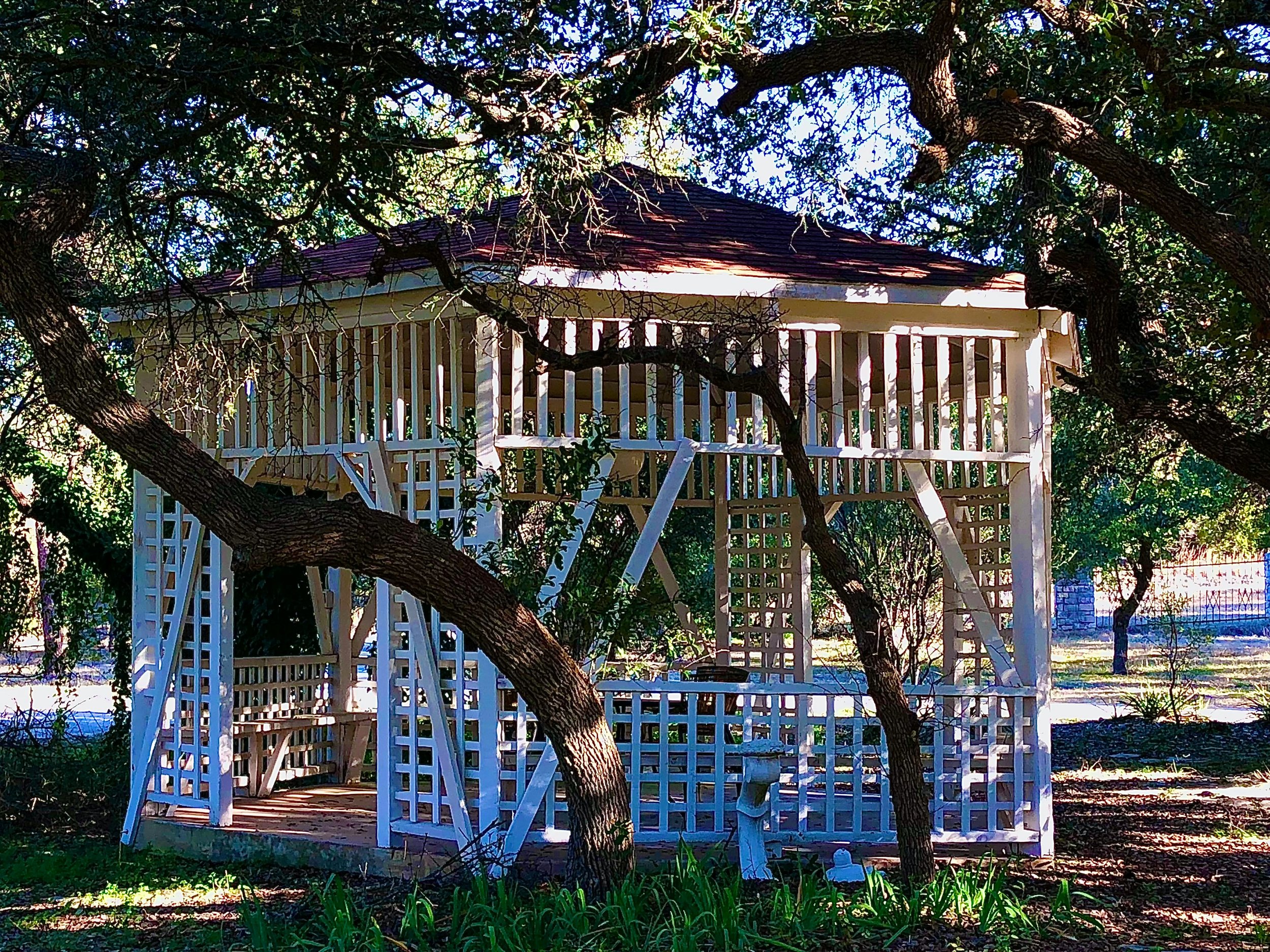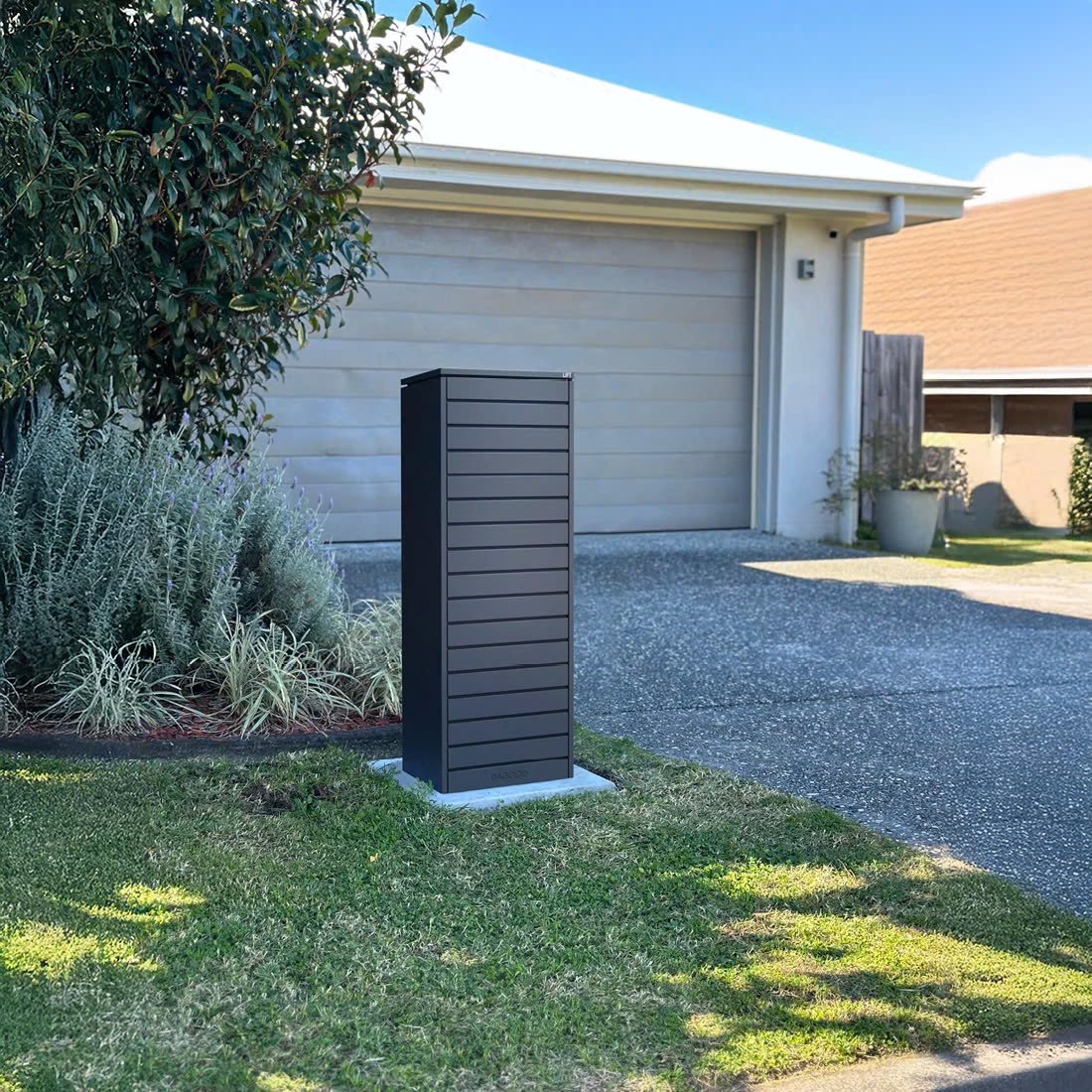How to Keep Your Timber Deck Looking Great All Year Round
Discover practical tips and maintenance strategies to keep your timber deck in top condition, ensuring it looks stunning all year long.
Did you know that neglected timber decks typically last just 5-7 years, while well-maintained ones can survive for 20-30 years or more? That's right - proper timber deck maintenance can literally quadruple your deck's lifespan. However, many homeowners discover this fact too late, after their expensive deck shows serious signs of wear and tear.
In fact, a treated wood deck can last decades with the proper care routine. The key lies in understanding what threatens your deck's health and following a systematic maintenance schedule.
This article will walk you through proven maintenance strategies to protect your timber deck investment and keep it looking great for years to come. Let's explore how to make your deck last longer with simple, effective care techniques.
Understanding Your Timber Deck's Enemies
Your timber deck faces constant battles against natural elements that can significantly reduce its lifespan. Understanding these threats is crucial for effective maintenance.
Weather Impact on Deck Lifespan
Sunlight and moisture are your deck's primary adversaries. When timber is exposed to UV rays for extended periods, it experiences degradation of lignin, consequently weakening the cell structure. Furthermore, water poses a distinct threat - when timber becomes saturated, its cell walls soften, specifically leading to decreased strength.
Common Causes of Deck Deterioration
Moisture-related problems account for nearly 90% of timber decay in buildings. The combination of repeated wetting and drying, coupled with temperature changes, creates continuous stress on both timber and fasteners.
Two types of rot particularly threaten deck integrity:
● Dry Rot: Requires 95% relative humidity and occurs when timber moisture content exceeds 20%
● Wet Rot: Develops in persistently damp conditions with 50-60% moisture content
Signs of Deck Damage to Watch For
Early detection of deck problems can prevent major structural issues. Watch for these warning signs:
● Visible rot or fungal growth between boards
● Loose or damaged support posts
● Sagging appearance in the structure
● Deteriorated hardware and corroded fasteners
Additionally, pay attention to areas where moisture typically gets trapped, such as where decking crosses joists or where stringers attach to wall cladding. Regular inspections of these vulnerable spots can help identify problems before they escalate into serious structural concerns.
Essential Seasonal Maintenance Schedule
A well-structured seasonal maintenance schedule ensures your timber deck remains in prime condition throughout the year. Let's explore the essential care routine for each season.
Spring Cleaning and Inspection Guide
Spring marks the ideal time for a thorough deck assessment. Start by removing debris between deck boards using a putty knife or scraper. After clearing the surface, conduct a detailed inspection focusing on:
● Rot indicators (sponginess, flakiness)
● Rusted screws near the ledger
● Stability of railings
● Exposed fasteners requiring replacement
Moreover, spring cleaning should include a comprehensive wash using a biodegradable wood cleaner. Allow the deck to dry for 48 hours before applying any treatments.
Summer Protection Techniques
During warmer months, your deck needs protection against intense UV exposure. Apply a deck sealer with UV protection to prevent deterioration. Essentially, regular inspections for signs of sun damage, including fading or drying, help maintain the deck's integrity.
Autumn and Winter Preparation Steps
As temperatures drop, preparation becomes crucial. Begin by trimming plants around the deck, ensuring at least one foot of clearance to minimise rot risks. Clear fallen leaves and debris promptly to prevent moisture accumulation.
For winter protection, inspect gutters and downspouts to prevent excess water exposure. In areas affected by snowfall, use a calcium/magnesium solution instead of salt for ice removal, as salt can damage timber decking.
Regular maintenance throughout the year is vital - experts recommend thorough cleaning and inspection at least once annually, with more frequent care for decks exposed to harsh weather or heavy foot traffic.
Professional Deck Treatment Methods
Selecting the right treatment products and applying them correctly forms the foundation of effective timber deck maintenance. Let's explore professional methods that ensure maximum protection for your deck.
Choosing the Right Sealants and Oils
The success of your deck treatment begins with selecting appropriate products. Initially, you'll need to choose between:
● Water-based oils: Offer faster drying times and last three times longer than traditional options
● Oil-based products: Provide deeper penetration and enhanced water repellency
● Penetrating oils: Excel at highlighting natural timber grain and offering robust protection
Application Techniques for Maximum Protection
Professional application starts with proper surface preparation. Subsequently, new timber requires treatment for tannin and decking oils that naturally repel coatings. For optimal results:
1. Apply the treatment using a lambswool applicator or deck brush
2. Work in long, continuous strokes along the grain
3. Treat 3-4 boards at once to prevent lap marks
Problem Prevention and Early Detection
First thing to remember, catching deck problems early can prevent costly repairs and extend your deck's lifespan. A systematic approach to inspection and maintenance proves essential for preserving your timber deck's integrity.
Quick Fixes for Common Issues
Straightforward solutions exist for numerous common deck problems. Therefore, address these issues promptly:
● Loose Fasteners: Tighten or replace rusted screws and bolts
● Surface Mould: Clean with hot soapy water first, then apply fungicide
● Minor Gaps: Fill with exterior-grade epoxy wood filler
● Protruding Nails: Replace with deck screws longer than original nails
When to Call a Professional
Likewise, recognise situations that require expert intervention. Contact a professional deck specialist under these circumstances:
● Extensive rot or structural weakness
● Ledger board separation from house
● Multiple loose or damaged support posts
● Significant water damage beneath deck surface
Otherwise, attempting complex repairs without proper expertise might compromise your deck's structural integrity. Professional contractors possess specialised knowledge for identifying underlying issues that might not be immediately visible.
Remember that rot occurring in subfloor areas or extensive moisture problems beneath the deck surface typically require professional assessment. Additionally, experts can properly evaluate nuances between wood species and ensure repairs meet local building regulations.
Protect Your Deck and Preserve Your Outdoor Lifestyle
Proper timber deck maintenance is the difference between a structure lasting decades or failing within years. Regular care through seasonal maintenance, professional treatments, and prompt problem-solving creates a resilient outdoor space that serves generations.
Careful attention to weather protection, moisture control, and early problem detection pays off through significant cost savings and extended deck life. Simple actions like seasonal cleaning, timely repairs, and professional treatments when needed make a substantial difference.
Remember - your timber deck represents both an investment and a valuable living space. Following this maintenance guide helps protect that investment while ensuring your deck remains safe, beautiful, and ready for countless outdoor memories ahead.



